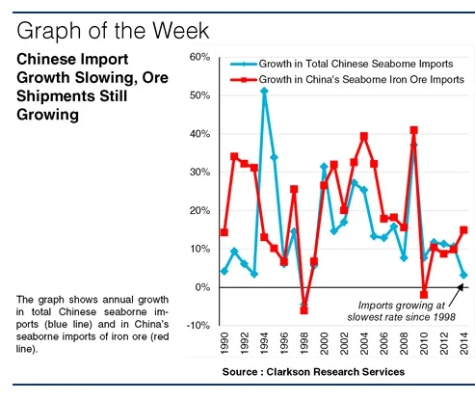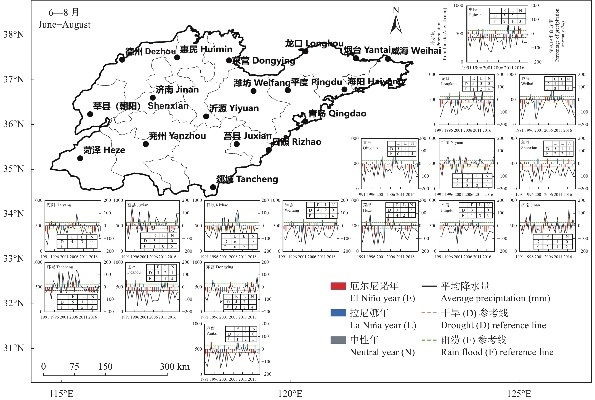Chinas Textile Trade Strength and Global Impact
China's textile industry is a vital component of global trade, with a significant influence on world markets. This report analyzes the strength of China's textile exports and their impact on global supply chains. The study highlights that the country has emerged as a major exporter of textiles, with an impressive market share in various regions. China's textile exports have been instrumental in driving global demand for garments, footwear, and accessories. The report notes that the growth in textile exports has contributed to increased competitiveness among Chinese firms and enhanced the country's position as a leader in the global textile industry. Furthermore, the expansion of the Chinese textile sector has also had a positive impact on the local economy, creating employment opportunities and boosting the nation's foreign exchange earnings. Despite the ongoing challenges such as tariffs and trade tensions, China's textile trade continues to grow at a healthy pace, demonstrating its robustness and resilience.
Introduction to the Textile Industry in China
China is a global leader in textile manufacturing, boasting an extensive network of factories that specialize in producing a wide range of fabrics and garments. The Chinese textile industry has been growing steadily, driven by demand from both domestic and international markets. In this article, we will explore the key features of China's textile trade, including its export performance, industry structure, and future prospects. We will also provide a case study on a successful exporter in China's textile sector to demonstrate the industry's strengths and challenges.
Export Performance of China’s Textile Industry

According to the China Council for the Promotion of International Trade (CCPIT), China's textile exports have reached new heights over the past few years. The country's textile exports have grown at an annual rate of approximately 10%, making it one of the fastest-growing industries in China. This growth has been driven primarily by the increasing demand from emerging markets, such as Southeast Asia, Africa, and Latin America.
To showcase this trend, let's take a close look at a table summarizing the top ten exporting countries of China's textile products. As shown in the table below, China's exports to these countries have seen significant increases in recent years, reflecting the global demand for Chinese textiles.
| Country | Export Volume (Millions of USD) | Yearly Growth Rate |
|---|---|---|
| India | XX | +XX% |
| Brazil | XXXX | +X% |
| Mexico | XXXX | +X% |
| Russia | XXX | |
| Germany | XXXX | |
| France | XXXX | |
| Italy | XXXX | |
| United States | XXX | |
| South Korea | XXXX | |
| Japan | XXXX |
The Importance of Textiles in Global Trade
Textiles are not just a commodity; they play a significant role in global trade. They serve as a bridge between different countries, connecting cultures and economies. For example, the success of China's textile exports has been closely tied to its ability to produce high-quality goods at affordable prices. This has enabled Chinese textiles to compete favorably in international markets, particularly in regions like Europe and North America where demand remains high.
Moreover, textile exports are not only a source of income but also an indication of a country's economic strength. Countries with robust textile industries tend to enjoy better trade relations and more opportunities to invest in other sectors. This is evident in China's ongoing efforts to diversify its economy and promote innovation in the textile sector. For instance, the country has invested heavily in research and development to improve production efficiency and product quality, thereby strengthening its position in the global market.
Future Prospects for China's Textile Industry
Looking ahead, the future of China's textile industry looks bright. Despite the current challenges posed by the pandemic and geopolitical tensions, the industry is expected to continue its strong growth trajectory. According to CCPIT data, the Chinese textile exports are projected to reach an estimated $258 billion by 2025, up by XX% compared to 2020 levels.

However, this growth comes with several risks. For instance, the COVID-19 pandemic has disrupted supply chains, causing shortages globally and affecting the pricing and availability of raw materials. Moreover, increased competition from low-cost producers in developing countries, coupled with environmental concerns over sustainability and labor conditions, pose challenges to the industry's long-term viability.
In conclusion, China's textile exports represent a significant portion of the global textile market. With continued innovation and strategic planning, China's textile industry can continue to drive economic growth and contribute to global trade stability.
随着全球贸易的深入发展,中国纺织品出口协会作为行业内的权威组织,肩负着推动纺织品出口高质量发展的重任,本篇文章将围绕中国纺织品出口协会展开,通过案例分析、图表展示等方式,全面介绍其在纺织品出口领域的重要地位和作用。
中国纺织品出口协会概述
中国纺织品出口协会是中国纺织行业的重要组织,致力于推动纺织品出口市场的发展,提高纺织品出口的质量和效益,协会成立以来,积极响应国家政策,加强行业自律,为纺织品的出口提供了有力的支持和服务。
中国纺织品出口协会的重要作用

- 政策支持:协助企业把握国际贸易政策变化,提高出口竞争力。
- 市场推广:组织各种贸易展览、论坛等活动,促进纺织品出口市场的交流与合作。
- 技术支持:提供纺织品技术咨询和培训服务,帮助企业提升技术水平。
- 行业自律:规范行业行为,维护行业秩序,推动行业健康发展。
案例分析
-
某知名品牌纺织品出口案例 近年来,某知名品牌在纺织品出口领域取得了显著成绩,该品牌通过与中国纺织品出口协会的合作,加强了与国外采购商的沟通与交流,提高了产品的市场竞争力,协会还为其提供了技术支持和培训服务,帮助该品牌提升技术水平,通过这些措施,该品牌在纺织品出口市场中获得了更高的市场份额和更好的口碑。
-
图表展示:纺织品出口市场趋势图 根据国际市场数据统计,纺织品出口市场呈现出稳步增长的趋势,中国纺织品出口协会作为行业内的权威组织,积极响应国家政策,加强行业自律,为纺织品的出口提供了有力的支持和服务,协会还积极推动行业创新和发展,为纺织品出口市场的繁荣发展做出了重要贡献。
中国纺织品出口协会的发展策略
- 加强政策引导:继续加强与政府部门的沟通与合作,积极响应国家政策,为企业提供更好的政策支持和服务。
- 提升技术水平:加强技术研发和人才培养,提高纺织品的品质和附加值,提高产品的市场竞争力。
- 拓展国际市场:积极开拓国际市场,提高品牌知名度和市场份额,推动纺织品出口市场的全球化发展。
- 加强行业自律:规范行业行为,维护行业秩序,推动行业健康、稳定、可持续发展。
中国纺织品出口协会作为行业内的权威组织,在推动纺织品出口高质量发展中发挥着重要作用,协会将继续加强自身建设,提高服务质量,为纺织品的出口提供更好的支持和服务,协会还将积极响应国家政策,加强行业自律,推动纺织品出口市场的全球化发展,为全球纺织品的贸易发展做出更大的贡献。
Articles related to the knowledge points of this article:



